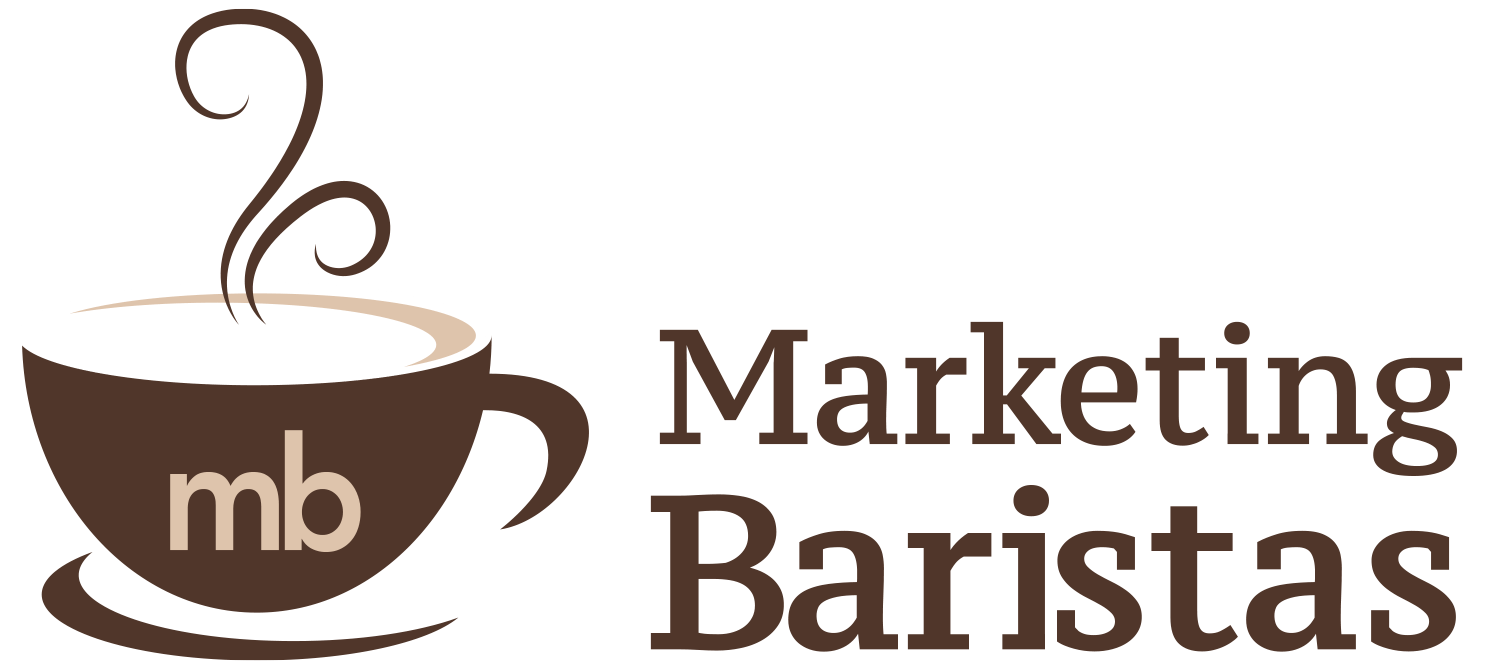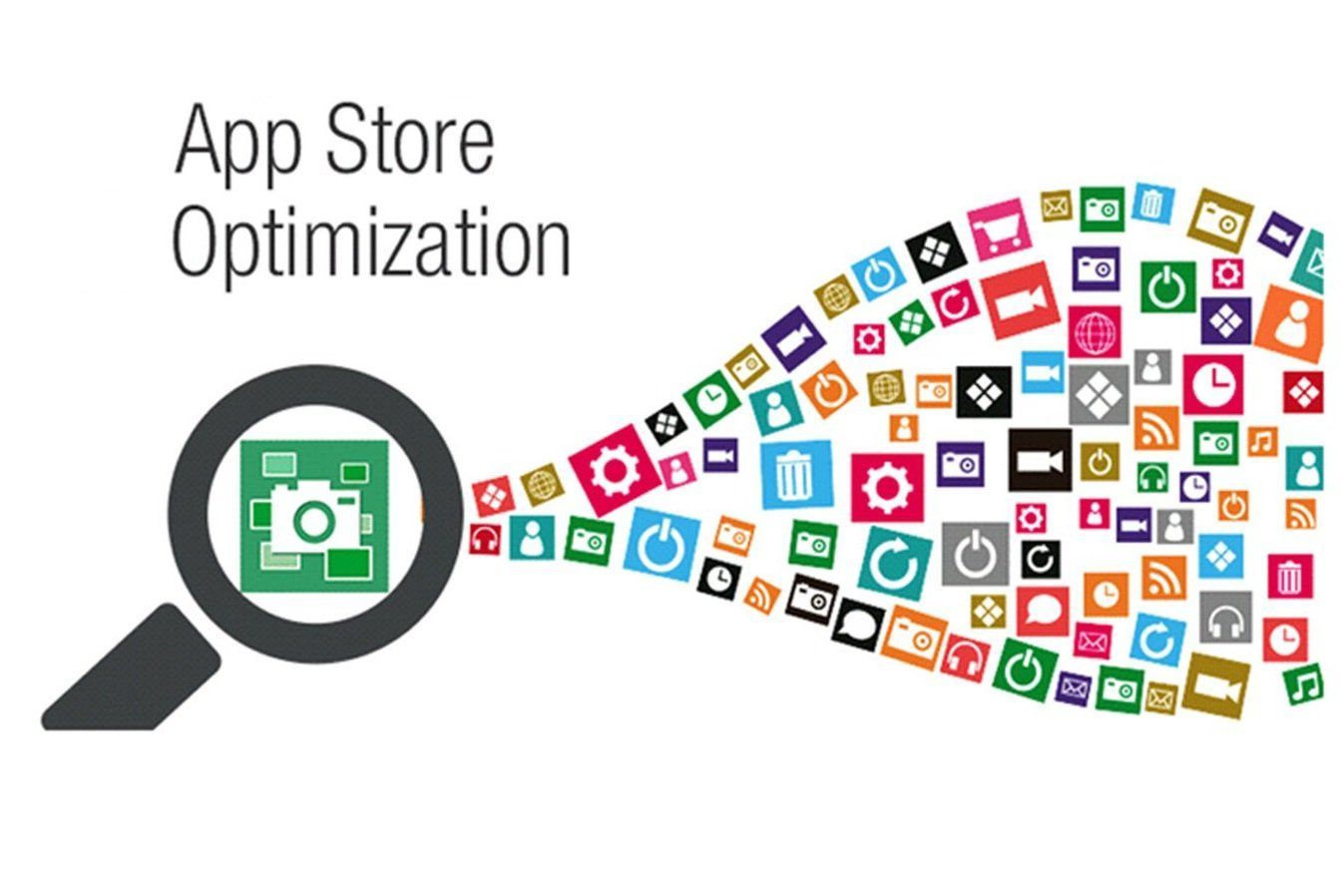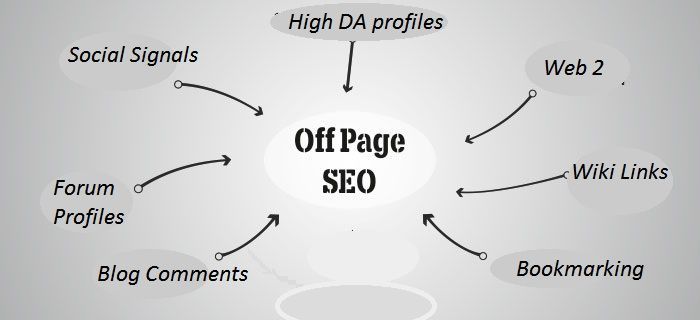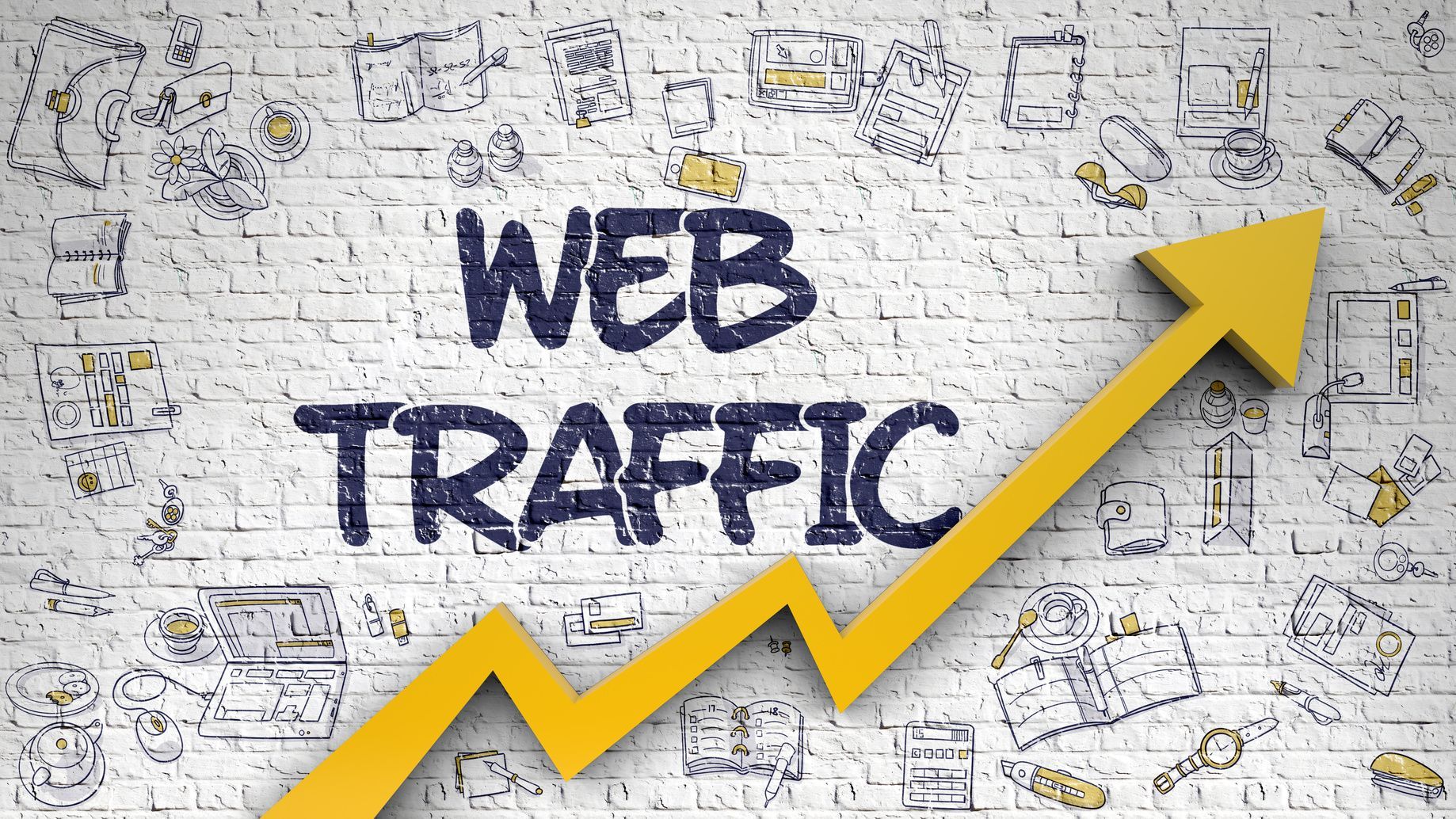
On-Page Optimization Techniques
Welcome to the world of on-page optimization! As a website owner or digital marketer, you're constantly striving to improve your online presence and attract more traffic. But have you ever stopped to consider whether your website's pages are optimized for both search engines and users? That's where on-page optimization techniques come into play. In this blog post, we'll explore how these techniques can help boost your rankings in search engine results pages (SERPs) while also enhancing the user experience for visitors to your site. So buckle up and get ready to take your website's SEO game to the next level!
Importance of on-page optimization in SEO
On-page optimization is one of the most important aspects of SEO. It is the process of optimizing a website for the search engines, with the goal of improving its ranking in the search engine results pages (SERPs). The main aim of on-page optimization is to make a website more relevant and visible to the search engines.
There are a number of factors that contribute to on-page optimization, and they include:
1. Title tags: The title tag is the most important on-page optimization element. It tells the search engine what the page is about. The title tag should be unique and descriptive. It should also contain keywords that are relevant to the page content.
2. Meta tags: Meta tags provide information about a web page, such as its description and keywords. Meta tags are used by search engines to index and rank a web page.
3. Header tags: Header tags are used to structure the content of a web page. They are used to divide a web page into sections, and they can also be used to highlight important keywords.
4. Image alt text: Image alt text is used to describe an image on a web page. This text helps search engines index an image, and it also helps users with vision impairments understand what an image is about.
5. Page URL: The URL of a web page should be short and descriptive. It should contain keywords that are relevant to the page content, and it should also be easy to remember.
6. Content optimization: The content of a web page should be unique and relevant. It should also contain the targeted keywords, and it should be optimized for both users and search engines.
On-page optimization is an important part of SEO, as it helps improve a website’s ranking in the SERPs. It is important to optimize all elements of a web page, so that it can be indexed and ranked by the search engines.
Optimizing Meta Tags and Headings for Better Search Visibility
Meta tags and headings are important elements of on-page optimization because they help search engines understand the content of your web pages. By optimizing your meta tags and headings, you can improve your website's visibility in search engine results pages (SERPs).
The title tag is the most important meta tag for on-page optimization. The title tag tells search engines what your web page is about. It should be unique and descriptive.
The meta description is another important meta tag. The meta description appears in SERPs under your web page's title. It should give a brief summary of your web page's content.
Headings are used to structure the content of your web pages. They help search engines understand the hierarchy of your content. The most important heading is the H1 heading, which should be used to describe the main topic of your web page. Other headings (H2-H6) can be used to describe subtopics within your main topic.
By optimizing your meta tags and headings, you can improve your website's visibility in search engine results pages and attract more visitors to your website.
Crafting compelling and SEO-friendly content
When it comes to on-page optimization, crafting compelling and SEO-friendly content is absolutely essential. Not only does this ensure that your target audience will keep coming back for more, but it also helps to boost your search engine rankings. Here are some tips for creating content that is both informative and optimized for the search engines:
1. Do your keyword research. In order to create content that is SEO-friendly, you need to make sure you are using the right keywords. Use tools like Google AdWords Keyword Planner and semrush to find high-traffic keywords that are relevant to your business.
2. Make your headlines catchy and interesting. A great headline will help to draw readers in and encourage them to read more. Use actionable verbs and avoid clickbait headlines that promise more than they deliver.
3. Write compelling meta descriptions. The meta description is the short blurb that appears under your headline in the search engine results pages (SERPs). This is your chance to sell readers on clicking through to your article, so make sure it's well written and persuasive.
4. Structure your articles with subheadings. Breaking up your content into smaller chunks makes it easier for readers to digest, and it also helps improve your SEO by making use of keyword-rich headings.
5. Use images and videos carefully. Visuals can help break up text and make your articles more engaging, but too many can actually hurt your SEO. Choose images and videos that are relevant to your topic and optimize them with keyword-rich titles, descriptions, and alt tags.
6. Link to other content on your website. Search engines look for websites that link to other pages within their own domain as a sign of authority. This also helps keep readers engaged by giving them more resources to explore.
7. Update old content regularly. Updating dated posts and pages with fresh content can help boost your rankings in the search engine results pages (SERPs). Make sure you're only making changes that improve the quality of the post though - avoid just adding more words for the sake of it!
8. Use schema markup when appropriate. Schema is a type of code used by search engines to better understand what your page is about. It can help boost visibility for certain types of content such as local businesses or reviews, so it's worth exploring if it's relevant to your site.
Keyword research and integration within your website
Keyword research and integration is one of the most important on-page optimization techniques. It is essential to determine which keywords are most relevant to your business and then integrate those keywords into your website content in a way that is both natural and effective.
There are a number of different ways to go about keyword research, but one of the most effective is to use a tool like Google AdWords Keyword Planner. This tool allows you to enter seed keywords related to your business and then shows you how many people are searching for those terms every month. From there, you can begin to identify which keywords are most relevant to your business and start integrating them into your website content.
When it comes to integration, it is important to strike a balance between too little and too much. You want to make sure that your keywords are present in your content in a way that sounds natural and flows well, but you also don't want to stuff your content full of keywords in an attempt to manipulate search engine rankings. A good rule of thumb is to aim for a keyword density of around 1-2%.
If you take the time to do proper keyword research and integrate those keywords into your website content, you will be well on your way to optimizing your site for the search engines.
URL structure and site navigation best practices
When it comes to on-page optimization, one of the most important things to keep in mind is your URL structure and site navigation. Here are some best practices to follow:
1. Make sure your URLs are short, descriptive, and easy to remember.
2. Use keyword-rich URLs whenever possible.
3. Use breadcrumbs on your website so users can easily navigate around.
4. Make sure your website has a clean and easy-to-use navigation system.
5. Avoid using Flash or JavaScript for your navigation menus.
Mobile optimization and responsive design for SEO
As the world becomes increasingly mobile, it's more important than ever to make sure your website is optimized for mobile devices. Mobile optimization is about more than just making sure your site looks good on a small screen; it's also about making sure your site is designed to be found and used by mobile users.
Here are a few tips for optimizing your website for mobile users:
-Make sure your site is responsive, meaning it adapts to different screen sizes. This is important not only for aesthetic reasons, but also because Google ranks responsive sites higher in search results.
-Use large, easy-to-tap buttons and links. Mobile users are often trying to do things quickly on the go, so make it easy for them to navigate your site with clear and concise buttons and links.
-Load pages quickly. No one wants to wait around for a slow website to load, so make sure your pages are loading quickly on all devices.
-Format content for easy reading. Mobile users often skim content rather than read it word for word, so format your content accordingly with short paragraphs, bullet points, and headlines.
On-page optimization is an important part of any successful SEO strategy. By focusing on improving the quality and relevancy of your webpages, you can help to ensure that they will rank highly in search engine results pages. When combined with off-page tactics such as link building, on-page optimization techniques can be the key to achieving your desired ranking goals. With careful implementation, these strategies can lead to increased visibility for your website and improved ROI for your business.
Marketing Baristas
We are the premier digital marketing solution in Itasca, IL and surrounding suburbs of Chicago. Contact us today to get your free, no-obligation consultation!
Get In Touch
1925 Cherry Lane,
Northbrook, IL 60062
United States









